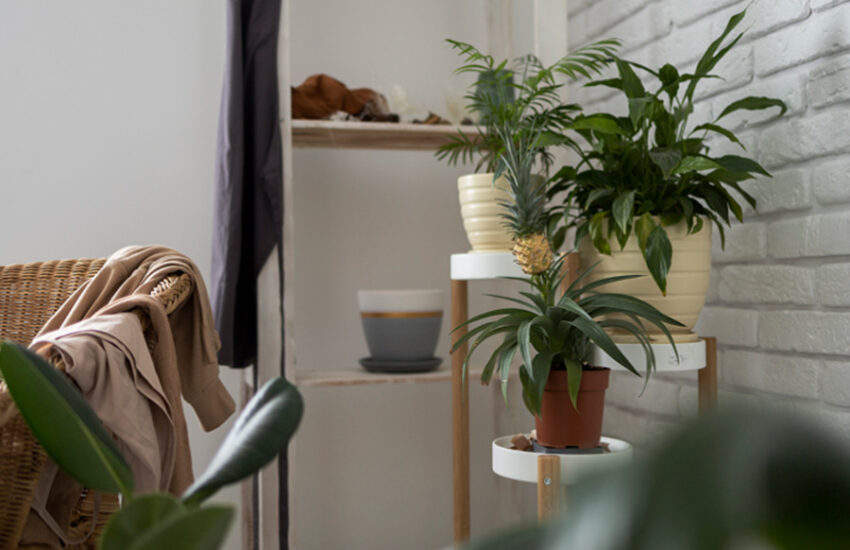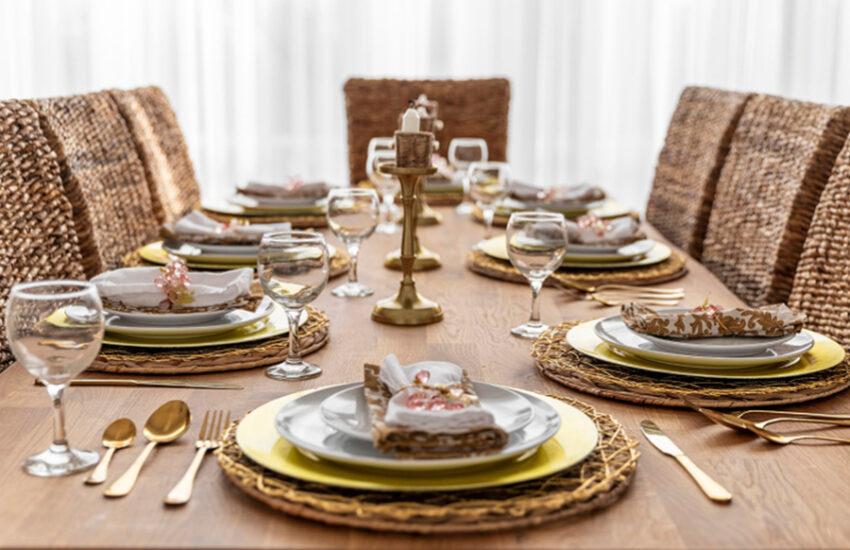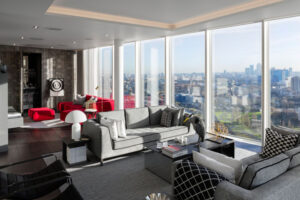When designing living spaces like family rooms, kitchens, and bedrooms, comfort and functionality typically take priority. This does not mean style needs to be sacrificed, though. The right balance of cozy and chic elements creates rooms both incredibly livable and undeniably impressive.
Choosing Materials for Comfort
Selecting the right materials sets the foundation for rooms that pamper occupants daily. Sink your feet into the plush carpet and feel relaxation begin. Natural fibers like wool and cotton stand up well to heavy traffic while maintaining cushioning. Just be sure to choose low volatile organic compound products certified asthma and allergy friendly.
Moving into kitchen and bath spaces, hard-surface flooring performs better. Particularly so when sealed properly. Porcelain tile flooring offers formidable density and strength and is impervious to things like spills, stains, and scratches. Yet newer digital printing methods imitate wood grains and stones with remarkable realism. Without compromising durability, today’s porcelain tile floors replicate the visual beauty of materials requiring more maintenance.
Quartz countertops supply another option to blend resilient functionality with aesthetic appeal. Quartz comprises roughly ninety percent ground natural stone bound in polymer resin. According to the experts at Bedrock Quartz, that construct makes counters highly scratch, stain, impact and heat resistant. Quartz offers a best-of-both-worlds compromise, delivering easy-living practicality without sacrificing upscale styling.
Maximizing Natural Light
Nothing enhances interior comfort like ample natural light streaming into living spaces. Properly positioned and sized windows prevent dark gloomy corners by capturing diffuse daylight. Tall vertical windows illuminate deeper interiors. Grouping multiples expands light distribution across entire rooms. Strategic solar orientation exploits morning or afternoon sunlight based on living patterns.
Installing windows is only half the battle. Managing incoming light prevents overheating and glare. Exterior shading solutions like overhangs, screens, and shutters filter brightness as needed. Inside light diffusing window treatments, including blinds, drapes, and film redirect sunlight deeper into rooms. Smart glass even electronically adjusts internal tint, blocking intense light yet staying transparent.
Fixtures spotlight reading nooks, kitchen workstations, and vanities eliminating shadows. Dimmers tailor brightness to changing activities and moods. Tunable lights shift hues mimicking natural color progressions stimulating or relaxing biological cycles. Through both passive daylighting techniques and flexible supplemental fixtures, enveloping interiors with well-balanced illumination fosters comfort.
Incorporating Intentional Pops of Color
While entire room color palettes promote overall harmony, unexpected bold accents surprise with joyful vividness. Vibrant throw pillows inject energy into neutral furnishings. Radiant artwork enlivens walls with color and meaning. Even small kitchen appliances and bath hardware makeover mundane daily experiences when cloaked in cheery hues.
Color choices wield tremendous influence over human emotion and behavior. Red stimulates excitement and appetite useful in dining spaces. Aqua and green shades are inherently peaceful. Yellow boosts happiness. Accent walls bathed in dramatic colors transform rooms into uplifting retreats. Especially when keeping dominant colors muted, bold punches elicit smiles without overpowering.
Creating Defined Spaces Within Rooms
Rooms accommodating multiple functions like family rooms, benefit from partitioned activity centers. Structural changes, including new walls, permanently define spaces but require significant commitment. Temporary room dividers deliver flexibility using little effort. Even shelving between spaces displays decorative objects giving rooms complexity.
Nooks created just for reading or working carve out quiet personal refuges. Banquettes reinvent awkward near-window dead spaces with cozy window seats. Built-in shelving containing books, collections, or media equipment converts wasted walls into useful display cases. Without constructing new permanent walls, introducing these built-in architectural elements allows customizing room layouts responding to evolving needs.
Conclusion
Rooms deeply treasured over the years deliver more than just visual elegance. They supply complete experiences fostering comfort through materiality, lighting, and spatial arrangement. Thoughtfully designed rooms spanning practicality and style evolve into beloved living sanctuaries.


 Roofing Repair in Harrisburg: Protecting Homes Through Quality and Care
Roofing Repair in Harrisburg: Protecting Homes Through Quality and Care  Restoring Strength and Safety with Expert Concrete Repair in Marion
Restoring Strength and Safety with Expert Concrete Repair in Marion  Locked Out? How Total Security Locksmith Handles Emergency Lockout and House Lock Services with Ease
Locked Out? How Total Security Locksmith Handles Emergency Lockout and House Lock Services with Ease  How Takara Standard Kitchens in Singapore Evolve With Every Milestone
How Takara Standard Kitchens in Singapore Evolve With Every Milestone  The Hidden Benefits of Serviced Apartments for Rent in Singapore
The Hidden Benefits of Serviced Apartments for Rent in Singapore 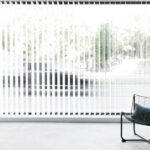 Top 5 Benefits of Installing Roller Blinds in Singapore Homes
Top 5 Benefits of Installing Roller Blinds in Singapore Homes 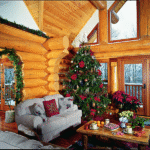 DIY Log Cabin Christmas Decorations on a Budget
DIY Log Cabin Christmas Decorations on a Budget 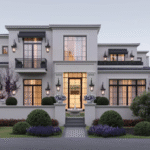 Why Homeowners Choose LUKA Design and Build for Timeless Architecture and Modern Function
Why Homeowners Choose LUKA Design and Build for Timeless Architecture and Modern Function  Elevate Your Kitchen or Home Bar with the Right Print
Elevate Your Kitchen or Home Bar with the Right Print 
